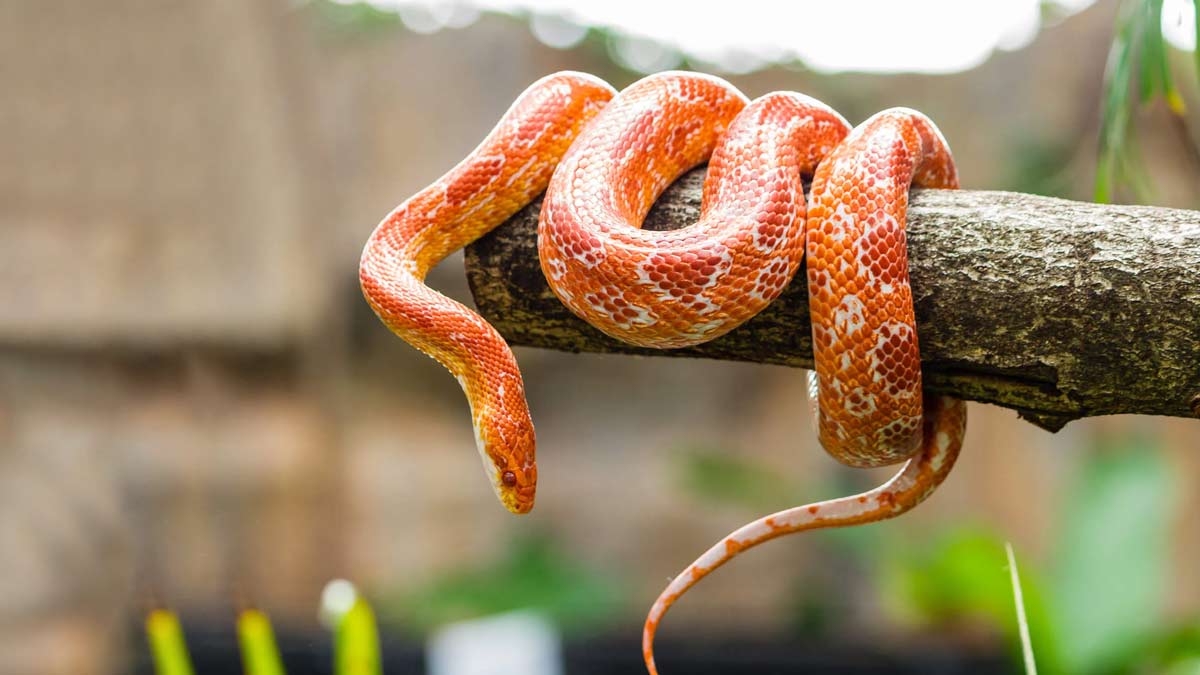
World Snake Day: List Of Snakes That Are Not Poisonous
As World Snake Day inches into focus, so is it time to slither out of our misconceptions against these much-maligned creatures. Even though traditionally, snakes have been viewed as dangerous and falsehood personified, the reality is much more complicated and interesting.
World Snake Day 2024

In contrast to popular belief, most species of snakes are harmless to humans. Out of the estimated 3,500 snake species globally, only about 600 species of snakes are venomous; these are further filtered down to very few, say a mere number of 200 types regarded as highly dangerous to humans. This goes to show that more than 75% of the snake species are not poisonous.
Don't Miss: World Day For International Justice 2024 Quotes: Theme, Significance And History
Non-Venomous Snake Characteristic

This merely means that non-venomous snakes do not have venom glands, it does not mean they don't have teeth like some of the venomous species. Such teeth are simply used to hold the prey item before swallowing-it-whole action ensues. While a non-venomous snake's bite may hurt, generally speaking, it will not do a lot of damage. It's always a good idea to take care of the wound to prevent infection.
List Of Snakes That Are Not Poisonous

Common Watersnake (Nerodia sipedon): Possibly confused with the venomous water moccasins, these are harmless snakes and actually very good swimmers; they play a crucial role in keeping aquatic ecosystems in order.
- Indian Python / Rock Python, Python molurus: Among the largest snake species, these big constrictors are very well-known due to their enormous size and beautiful patterns.
- Burmese Python, Python bivittatus: Another large constrictor, very famous due to its size and striking coloration.
- Common Wolf Snake (Lycodon capucinus): A nocturnal, small snake inside many urban areas across Southeast Asia.
- Red Sand Boa / John's Sand Boa (Eryx johnii): This is a burrowing snake from South Asia that has a cylindrical body with a very blunt tail.
- Eastern Ratsnake (Pantherophis alleghaniensis): This is quite a large snake, harmless, and very common in North America, usually helpful in keeping the populations of rodents under control.
Don't Miss: Pregnancy Books: Must-Read Books For Expecting Moms
The Role of Snakes in Maintaining Ecological Balance
Both venomous and harmless snakes are important in maintaining proper ecological balance. They keep populations of small mammals at low levels by serving as both predators and prey, thus providing food for higher-level predators. Their presence is usually an indicator of a more evident ecosystem health.
For more such stories, stay tuned to HerZindagi
Herzindagi.com is Jagran New Media's gender and lifestyle vertical, catering to women of all age groups, helping them remain updated, on-trend and aware. To improve our performance and understand our readers' interests better, we have created this poll. This will take 2 minutes of your time, do help us out with this link.
Also watch this video
Herzindagi video